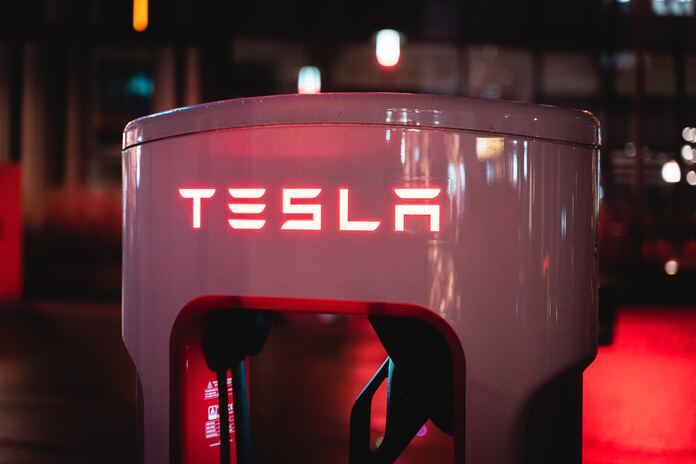After a robust showing in 2023, Tesla (NASDAQ:TSLA) is grappling with challenges in 2024. The electric vehicle (EV) giant’s shares have dropped by nearly 29% year-to-date and are down about 40% from their 52-week high of $299.29. This downturn is attributed to softer EV demand and heightened competition in the sector. Tesla responded by slashing average selling prices, denting both its profit margins and stock price.
Adding to the woes, Tesla’s leadership issued a cautious outlook for 2024, predicting a volume decrease below the company’s targeted compound annual growth rate (CAGR) of 50%. This is mainly due to a shift towards developing new products like its next-generation low-cost EV. While strategically sound, investors perceived this move unfavorably, exacerbating concerns.
What perhaps concerned investors the most was Tesla’s lower-than-expected delivery numbers in Q1. The company delivered 386,810 vehicles, missing analysts’ estimates of 425,000. Additionally, deliveries marked an 8.5% year-over-year decline, the first since Q2 2020. Tesla attributed the decline to production challenges, though weak demand and heightened competition also played a role.
Ranked among the worst-performing S&P 500 stocks, can Tesla turn things around?
The Bull Case for Tesla
Despite facing numerous challenges, Tesla retains the potential to rebound. Its global dominance in the EV space, bolstered by strong brand recognition, technological prowess, and extensive manufacturing capabilities, positions it favorably. Efforts to improve existing products and the imminent launch of its next-gen affordable EV demonstrate adaptability to market shifts.
Tesla’s ability to leverage industry-leading profit margins to strategically cut prices and boost sales volumes poses a significant challenge to competitors. Continual decrease in cost of goods sold (COGS) per vehicle further strengthens its competitive edge. Expansion of production capacity, coupled with cost efficiencies, augurs well for improved profit margins and lower vehicle prices.
Moreover, Tesla’s focus on enhancing vehicle performance and features, particularly through AI-driven technologies like Full Self-Driving (FSD) and Autopilot, aids in retaining market share long-term. Beyond EVs, significant growth in energy storage deployments bodes well for its Energy Generation and Storage division’s profitability.
While Tesla’s cautious 2024 outlook raises concerns, its commitment to innovation and expansion through new product development remains intact.
The Bottom Line
Acknowledging the current challenges and uncertainties, Tesla’s premium valuation becomes harder to justify as its profit margin gap narrows. Analyst sentiment leans towards caution, with a modest upside potential of approximately 11% from current levels.
However, the long-term outlook for Tesla remains promising. As a pioneer in the EV space, with competitive advantages and technological advancements, the current pullback presents an attractive entry point for investors.
Featured Image: Pexels















